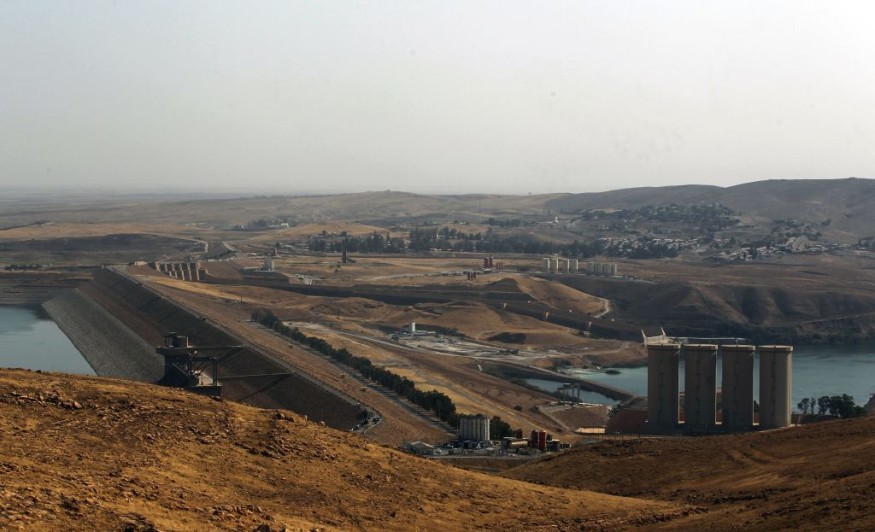
As the season paves way to summer, more drought reports have been recorded in different countries, particularly in the south where extreme drought has lingered for months. India, Pakistan, and even North American countries suffer the consequences mostly as the world is affected by climate change.
In recent months, a major drought had hit Iraq and drained dry its largest dam - the Mosul Dam - formerly known as Saddam Dam located on the Tigris River. This led to the revelation of a 3,400-year-old Bronze Age city submerged for decades, Interesting Engineering reported. The ancient city once settled where the Mosul reservoir is located.
As water levels fell rapidly due to extreme drought in Iraq, the extensive city "with a palace and several large buildings" subsequently emerged, which was believed to be the ancient city of Zakhiku, an important center in the Mittani Empire from 1550-1350 BC, according to a press release.
A team of archaeologists see this opportunity to investigate the re-emergence before water level escalates and it gets resubmerged once again.
On the 'Spur of the Moment'
A team of German and Kurdish archaeologists led by Dr. Hasan Ahmed Qasim, chairman of the Kurdistan Archaeology Organization, and Jun.-Prof. Dr. Ivana Puljiz from University of Freiburg and Prof. Dr. Peter Pfälzner from University of Tübingen, set up joint rescue excavations at the ancient city named Kemune, held in January and February 2022 in conjunction with the Directorate of Antiquities and Heritage in Duhok.
Due to extreme time pressure - as it is currently unknown when Iraq's most important water storage would rise and be filled again - the team were able to map out the city in a quite short period of time.
They documented several other large buildings from the extensive urban complex in addition to a palace which was already discovered in 2018. The team recently uncovered "a massive fortification with walls and towers, a monumental, multi-storey storage building, and an industrial complex."
"The huge magazine building is of particular importance because enormous quantities of goods must have been stored in it, probably brought from all over the region," says Ivana Puljiz. "The excavation results show that the site was an important center in the Mittani Empire," Hasan Qasim added.
The team were also astounded with the well-preservation of the walls despite being underwater for more than 40 years.
Other Fascinating Finds
In addition to the ones previously documented, the team also found some ceramic jars containing over 100 unfired clay tablets, dating back to the Middle Assyrian period when an earthquake devastated the city, some clay tablets, which may be letters, and their clay envelopes.
To excavate and document at least parts of this large, important city, given the short amount of time, may provide a glimpse of what the city was like before and reveal information about the people who lived in the city. It would also potentially uncover the mystery behind the earthquake event that caused the ancient city to collapse.
After the excavation, the buildings were completely covered with tight-fitting plastic sheeting and gravel fill to protect it from the rising waters of the Mosul reservoir.
Related article : Earth Heads to Catastrophe as Humans Make the Climate Warm and 'Chaotic'
© 2026 NatureWorldNews.com All rights reserved. Do not reproduce without permission.





